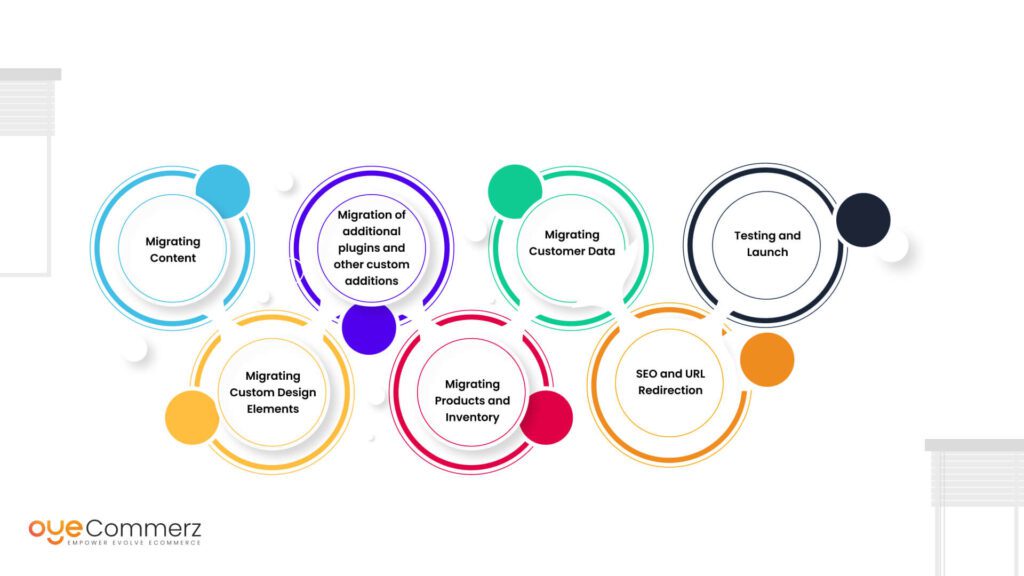In the dynamic landscape of eCommerce, picking the right platform is crucial for your brand’s prosperity. If you’re presently using WordPress and planning a migration to an alternative, you’re not alone. Countless businesses are switching to take advantage of Shopify’s robust features, simplicity, and expandability. This guide will walk you through the process of migrating from WP to Shopify seamlessly, guaranteeing that you realize your eCommerce potential.
Why Migrate from WP to this platform?
Ahead of diving into the migration journey, it’s crucial to realize why this change can be beneficial for your digital storefront:
Accessible Tools: Shopify provides an intuitive system that makes easier store handling, making it easier for non-technical users.
Growth Potential: As your company expands, Shopify can handle greater traffic and sales without affecting performance.
Integrated Features: Shopify includes built-in tools for SEO, analytics, payment management, and more, eliminating the need for numerous plugins.
Advanced Safeguards: With Shopify, you benefit from advanced security measures that safeguard sensitive customer details.
Steps for a Effortless Migration
Migrating your eCommerce site from WP to Shopify requires multiple steps.
Here’s the way to achieve a smooth transition:
Outline Your Migration Approach
Begin by drafting your migration strategy. Pinpoint which components of your existing site you want to migrate, such as:
Inventory information
Customer information
Transaction records
Blog content
Choose the Best Migration Package
Depending on your requirements, choose a migration package that fits your business. OyeCommerz offers various choices:
Basic Migration Package: Perfect for small stores with minimal products.
Standard Migration Package: Recommended for mid-range businesses with moderate needs.
Advanced Plan: Best for big stores demanding custom customization.
Secure Your Content
Before initiating the migration, make sure that you have a complete backup of your WordPress site. This step is critical in situations where anything goes wrong during the migration.
Extract Your Content from WordPress
Use extensions or manual methods to transfer critical information from your WordPress site:
Products
Customers
Transactions
Content pieces
Migrate Content into Shopify
Once you have your information retrieved, use Shopify’s migration apps or specialized apps to migrate your data into your updated store. Ensure that all content is correctly explore online store migration structured and placed.
Adapt Your Shopify Site
After migrating data, customize your Shopify site’s design to match with your style. Look into working with a developer if you require advanced customization.
Configure Checkout Systems and Shipping Options
Configure payment gateways and delivery choices in Shopify to ensure a user-friendly checkout experience for customers.
Adopt SEO Guidelines
To maintain your SEO performance during the migration:
Set up 301 link updates from old URLs to migrated ones.
Update metadata.
Optimize images and content for better ranking.
Test Your New Store
Prior to publishing, thoroughly test your new site. Identify any broken links, checkout failures, or incomplete files.
Go Live Your Site
Once everything is in place, it’s the opportunity to launch! Announce the update to your clients and encourage them to experience the new offerings of your Shopify store.
Post-Migration Assistance
Even after launching your updated store, continued Shopify store testing checklist assistance is important. Consider partnering with experts who can help with:
Site maintenance
Customer engagement
Improvement strategies
Conclusion
Migrating from WP to Shopify can be a transformative decision for your online retail. By following this guide and utilizing tools like those offered by OyeCommerz, you can achieve a seamless transition that boosts your business potential. Embrace the shift and realize the full capabilities of Shopify today!

Comments on “Unlocking digital commerce Achievements: The Definitive Guide to Seamless WP to Shopify Migration”